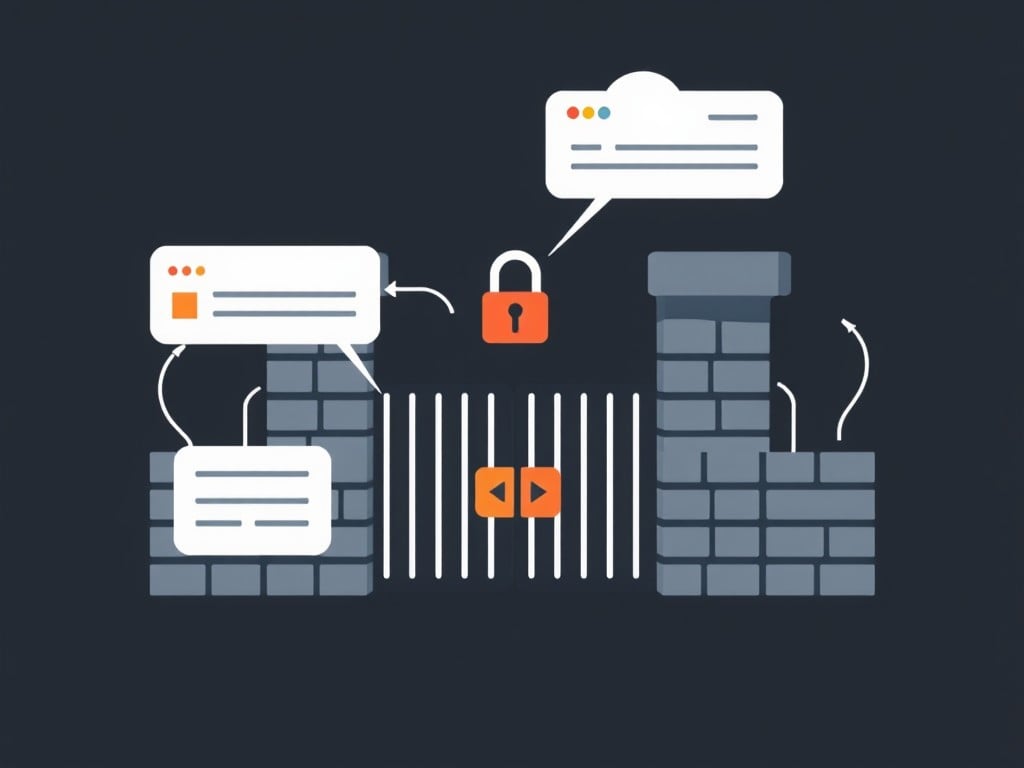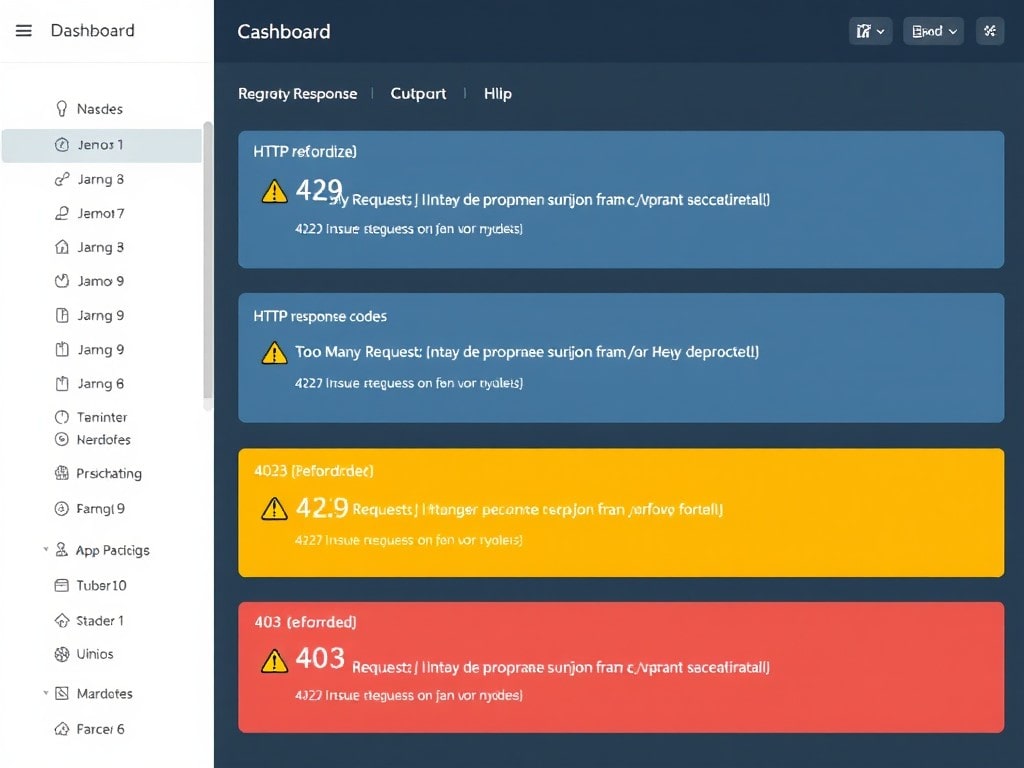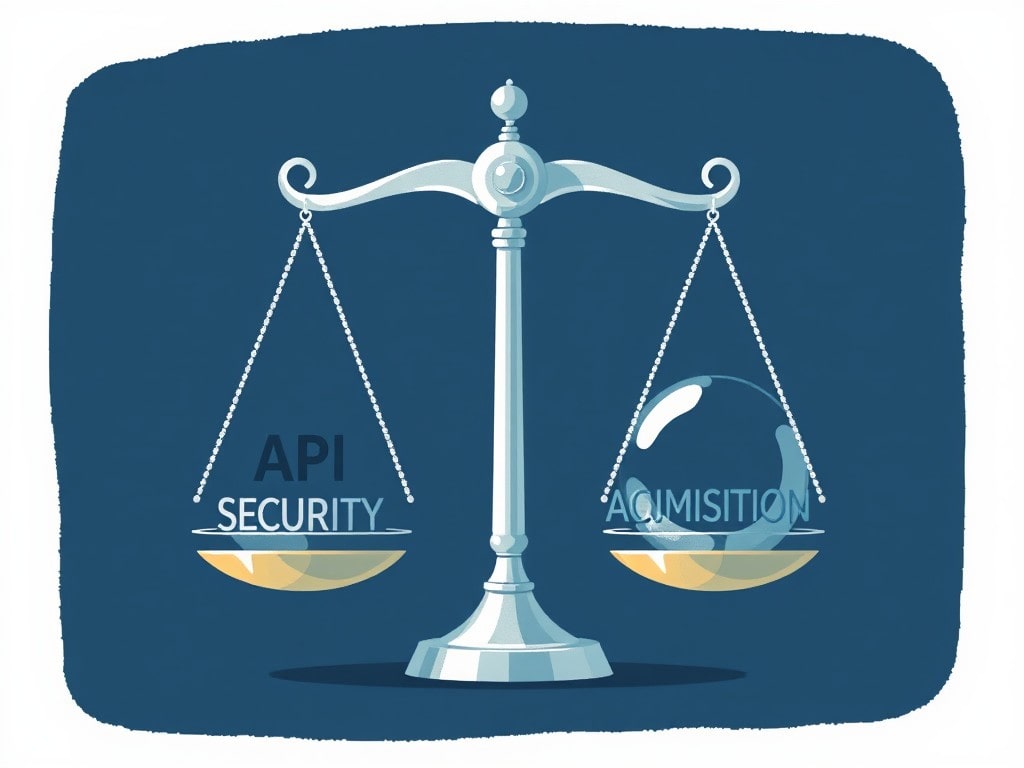Introduction
Even when a website does not publicly offer Open APIs, it may still utilize internal APIs for data retrieval between its front-end and back-end systems. CORS (Cross-Origin Resource Sharing) settings can restrict which domains can access the website’s resources. Users can access these internal APIs through the website’s front-end interface, even if the APIs are not explicitly exposed. Therefore, regardless of whether the API is public or not, effective defense mechanisms are still in place.

Understanding the Opportunity Landscape
APIs play a vital role in business operations, and while they can face challenges such as web scraping, these challenges also present opportunities for enhanced security measures. Recent reports indicate that nearly 29% of web attacks target APIs, emphasizing the importance of robust API protection. Scraping activities can utilize publicly accessible endpoints, which encourages organizations to develop innovative detection and prevention strategies to safeguard their data and intellectual property. By addressing these challenges proactively, businesses can strengthen their API security and enhance their overall resilience.
Key Strategies for API Defense
To effectively protect APIs while ensuring smooth data access, organizations should adopt a multi-layered defense strategy that includes:

- Strong Authentication: Implement robust authentication protocols such as OAuth and Multi-Factor Authentication (MFA) to ensure that only legitimate users can access the APIs.
- Rate Limiting: This technique restricts the number of requests a single user can make in a given timeframe, effectively reducing the risk of excessive automated requests.
- Behavioral Analysis: Monitoring user behavior allows organizations to identify and block unusual access patterns. This includes analyzing request frequencies and patterns that deviate from normal usage.
- Anomaly Detection Systems: These systems can alert security teams to unusual activity patterns that might suggest unauthorized access.
- Content Protection Measures: Techniques such as disabling right-click options or using image overlays can deter casual data extraction.
Identifying API Restrictions
Detecting API limitations is vital for successful data acquisition. Here are methods to identify these restrictions:

- Monitoring HTTP Response Codes: Track the response codes returned by the API. Codes like 429 (Too Many Requests) or 403 (Forbidden) indicate rate limits or access restrictions.
- Analyzing Rate Limit Headers: Many APIs provide headers that specify rate limits, such as
X-RateLimit-LimitandX-RateLimit-Remaining. Scrapers can parse these headers to understand the allowed requests and remaining quota. - Testing Request Patterns: Gradually increasing request frequency can help identify thresholds where the API begins to restrict access, but this requires careful monitoring to avoid triggering bans.
- Reviewing API Documentation: Comprehensive documentation often outlines usage policies, including rate limits and access restrictions, which can guide data acquisition efforts.
Impact of Rate Limits on Data Acquisition
Rate limits significantly affect the efficiency of data gathering:
- Throttle Control: Rate limits require users to manage their requests, which can slow down data collection. For instance, if an API allows only 10 requests per minute, users must implement delays between requests to comply.
- Increased Complexity: Managing request timing adds complexity to the data acquisition process, requiring developers to implement logic for waiting periods and retries.
- Data Freshness Issues: Strict rate limits can lead to stale data if frequent updates are needed but gathering is restricted.
- Potential for IP Bans: Exceeding rate limits can result in temporary or permanent bans from the API, necessitating careful adherence to guidelines and potentially using multiple IP addresses or proxies.

Countermeasures Against Protective Technologies
To effectively navigate protective measures, data acquisition strategies often employ various techniques:
- Rotating Proxies: A pool of rotating proxies helps disguise the user’s identity and prevent IP bans, making requests appear as if they come from different users.
- User-Agent Spoofing: Changing the User-Agent string in HTTP headers allows requests to seem like they originate from various browsers or devices, aiding in evasion of detection mechanisms.
- Headless Browsers: Tools like Selenium or Puppeteer simulate real user interactions with web pages, enabling users to navigate complex sites that use dynamic content loading.
- CAPTCHA Solving Services: Integrating third-party CAPTCHA-solving services can help bypass challenges posed by CAPTCHAs that block automated requests.
- Implementing Delays and Randomization: Introducing random delays between requests mimics human behavior, reducing the likelihood of triggering protective measures.
Conclusion and Call to Action
In the ever-evolving landscape of API security and data acquisition, finding a balance is crucial. Our team specializes in establishing robust API protection services while also offering effective data acquisition solutions. With our deep understanding of both sides of the equation—securing APIs and optimizing data gathering—we can help you maximize your data strategies while ensuring security.

Contact us today to learn more about how we can support your API security needs and enhance your data acquisition capabilities!